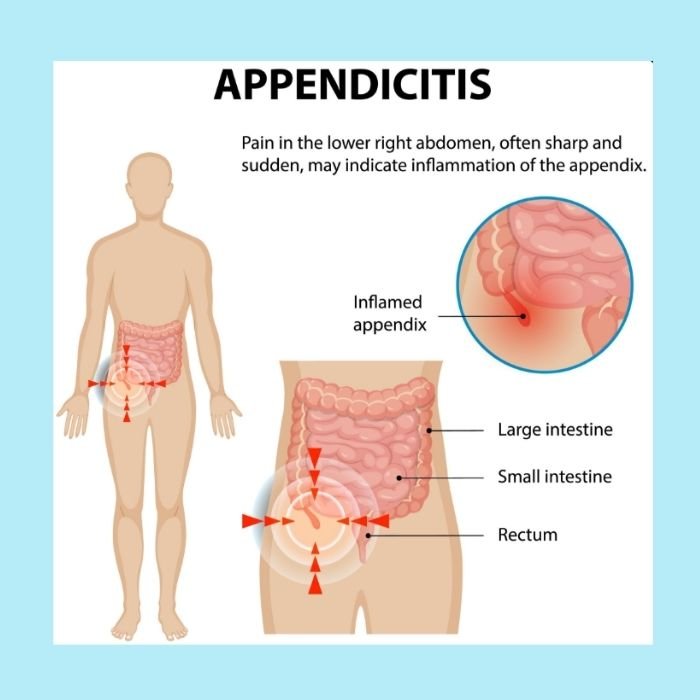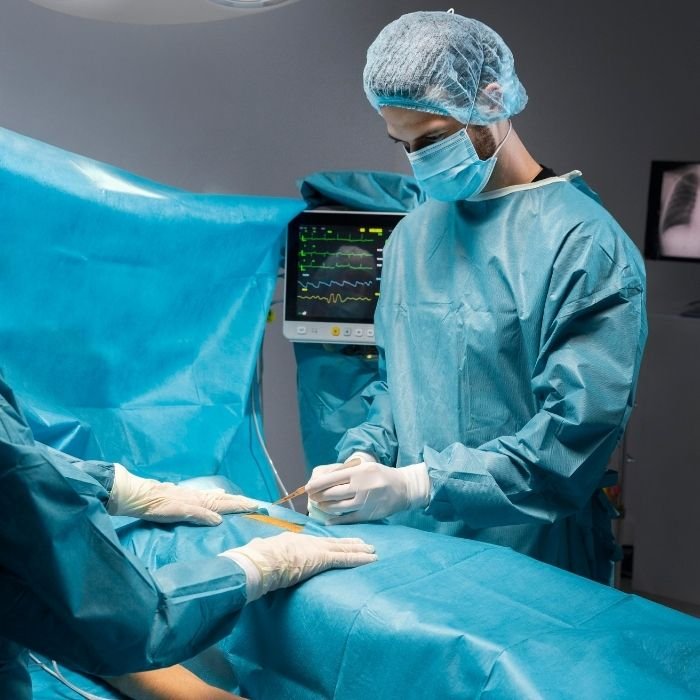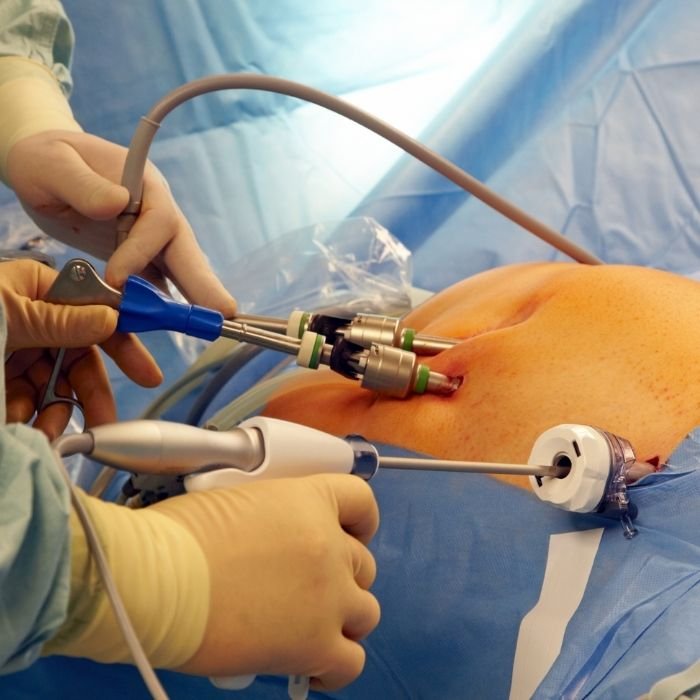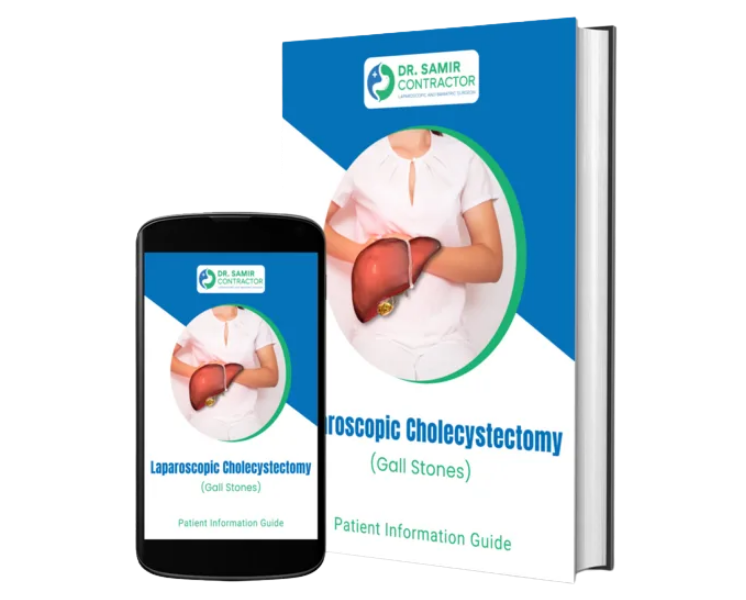 Book Appointment
Book Appointment
Appendicitis is one of the most common surgical emergencies worldwide. When the appendix becomes inflamed, it can cause sudden abdominal pain that worsens quickly. Left untreated, it may rupture and lead to life-threatening complications. Understandably, patients and families often feel anxious when a doctor advises appendix surgery.
The good news is that modern laparoscopic appendix surgery offers a safe, minimally invasive solution that ensures faster recovery, less pain, and minimal scarring. We bring together more than 25 years of specialized experience, advanced laparoscopic technology, and a strong patient-first philosophy to deliver the highest standard of care.
If you or your loved one has been diagnosed with appendicitis, this page will guide you through everything you need to know about laparoscopic appendix surgery—from symptoms and diagnosis to treatment, recovery, and why choosing an experienced team makes all the difference.

The appendix is a small, finger-like pouch attached to the large intestine. Though its exact function is still debated, an inflamed appendix (appendicitis) can quickly become dangerous if not treated on time.
Key symptoms of appendicitis include:
If the appendix bursts, the infection can spread throughout the abdomen (peritonitis), which is life-threatening. This is why timely surgical removal (appendectomy) is the standard treatment.

Laparoscopic appendix surgery (laparoscopic appendectomy) is a minimally invasive procedure in which the appendix is removed through 3–4 tiny incisions using a miniature camera (laparoscope) and fine surgical instruments.
Compared to open surgery, laparoscopy offers:
Laparoscopic appendix surgery is now the preferred option for most patients as it ensures quicker, safer, and smoother recovery.

Most patients with appendicitis are suitable for laparoscopic removal, but eligibility depends on several factors:
Your surgeon will review your reports and health profile to decide the safest approach for you.
Patients often ask, “Why laparoscopic surgery instead of open surgery?” Here are the main advantages:
Cosmetic outcome is better, especially for younger patients.
Tiny cuts cause less tissue trauma, leading to faster relief.
Most patients go home within 24–48 hours and resume life in 1–2 weeks.
Smaller wounds reduce the chances of postoperative infection.
The laparoscope provides a magnified view, allowing precise surgery.
Ideal for students, professionals, and homemakers managing busy lifestyles.
We believe in preparing our patients mentally and emotionally before surgery. Here’s what typically happens:
One of the biggest advantages of laparoscopic appendectomy is the smooth recovery process.

While laparoscopic appendix surgery is very safe, it’s important to be transparent about potential risks. These include:
With our 25+ years of surgical expertise and 8,000+ successful laparoscopic procedures, Our team ensures these risks are minimized and patient safety is always the top priority.
When it comes to your health, experience and trust matter. Patients chooses our center for several reasons:
We have treated patients ranging from school-going children to elderly grandparents with equally positive outcomes.
